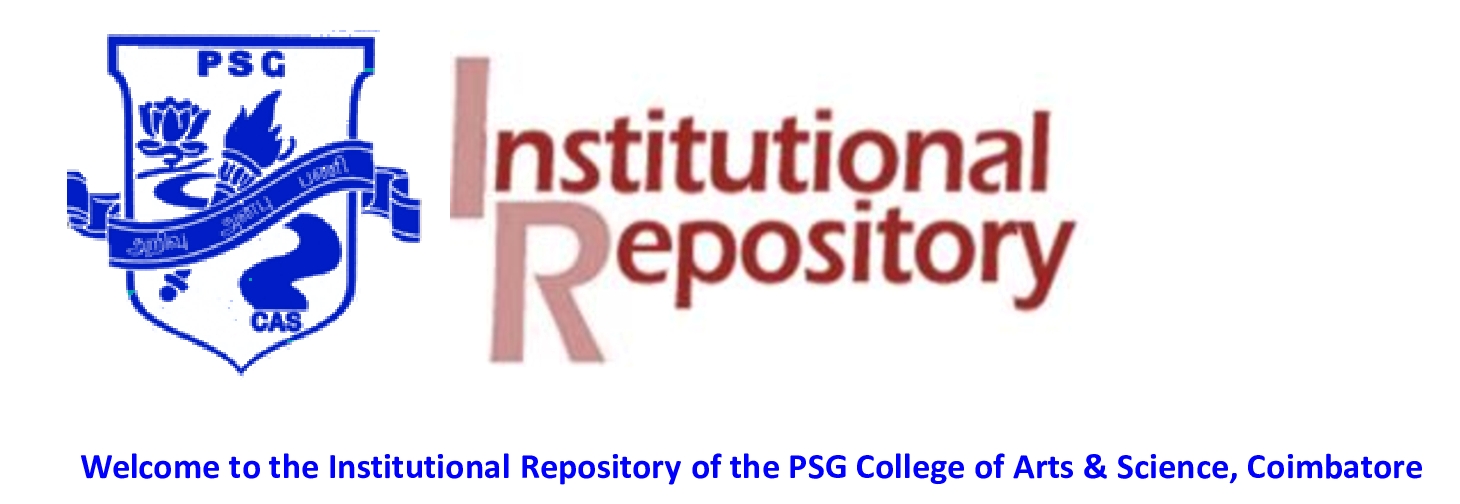Priya, K and Janani, B (2020) Shrimp shells extracted chitin in silver nanoparticle synthesis: Expanding its prophecy towards anticancer activity in human hepatocellular carcinoma HepG2 cells. International Journal of Biological Macromolecules, 165 (A). pp. 1402-1409.
5.pdf - Published Version
Download (1MB)
Abstract
In this study, a well-organized, simplistic, and biological route of AgNPs (AgNPs) was synthesized using shrimp shell extracted chitin as reducing, capping and stabilizing factor under the optimized conditions. Also, the anticancer potential of synthesized biogenic AgNPs was evaluated against human hepatocarcinoma (HepG2) cells. Ultraviolet visible spectroscopy (UV–Vis spec) study indicated that the development of AgNPs present in the colloidal solution was single peak at 446 nm. FTIR results showed a strong chemical interaction between the chitin and biogenic AgNPs; whereas, XRD studies confirmed AgNPs presence in the composites. The SEM TEM analytical studies confirmed the synthesized AgNPs had a spherical shape crystalline structure with size ranges from 17 to 49 nm; EDX study also confirmed the percentage of weight and atomic elements available in the colloidal mixture. Furthermore, the synthesized AgNPs showed significant cytotoxic effect on the HepG2 cells with an IC50 value shown at 57 ± 1.5 μg/ml. The apoptotic and necrotic cell death effects of AgNPs were also confirmed by flow cytometry. The upregulated apoptotic related proteins Bax, cytochrome-c, caspase-3, caspase-9, PARP and downregulated anti-apoptotic related proteins Bcl-2 and Bcl-xl in cancer cells, confirmed the anticancer potential of AgNPs. These findings suggest that the AgNPs possess significant anticancer activity against HepG2 cells which could play major role in the therapeutic drug development to treat cancer in future.
| Item Type: | Article |
|---|---|
| Uncontrolled Keywords: | ChitinAgNPsTEMHepG2HCCCytotoxicityApoptosis |
| Depositing User: | Dr. B Sivakumar |
| Date Deposited: | 03 Aug 2022 05:15 |
| Last Modified: | 03 Aug 2022 05:15 |
| URI: | https://ir.psgcas.ac.in/id/eprint/1400 |

